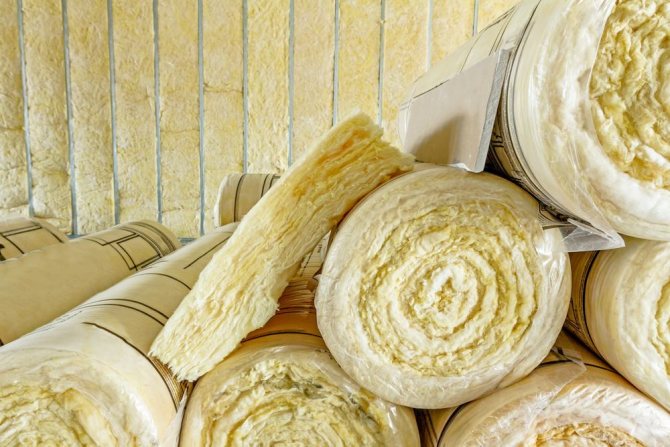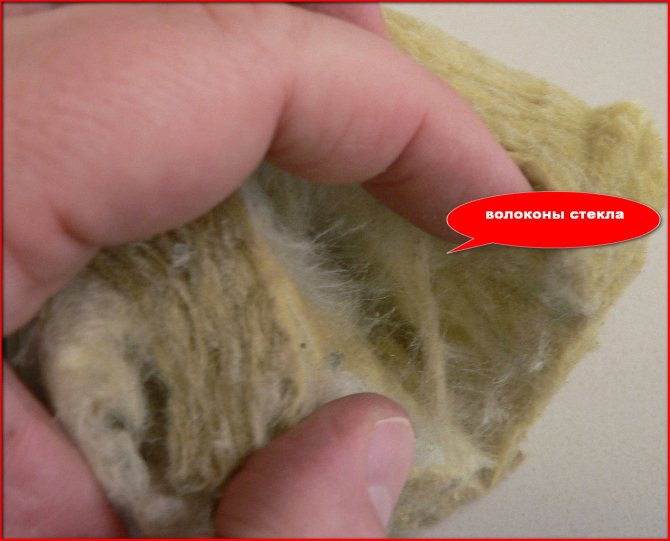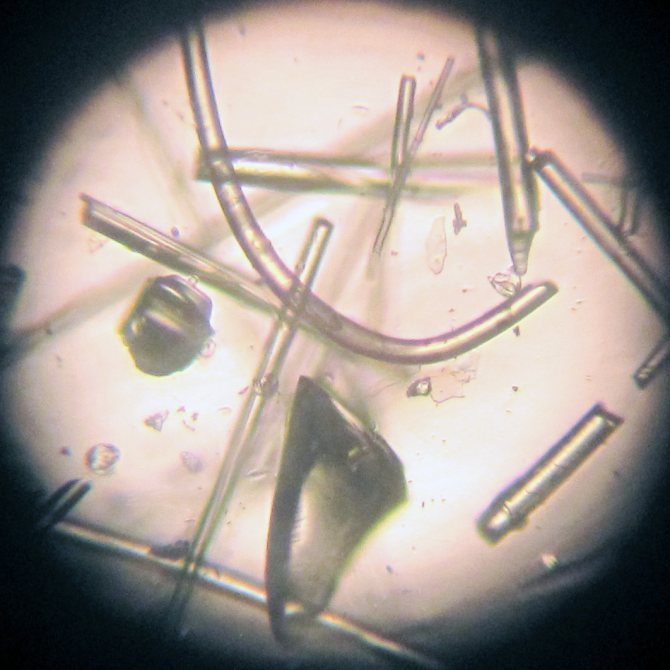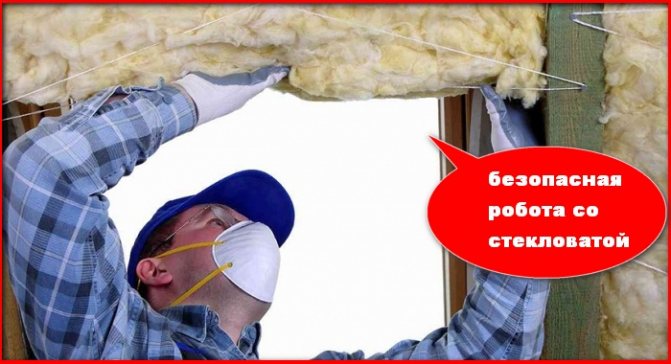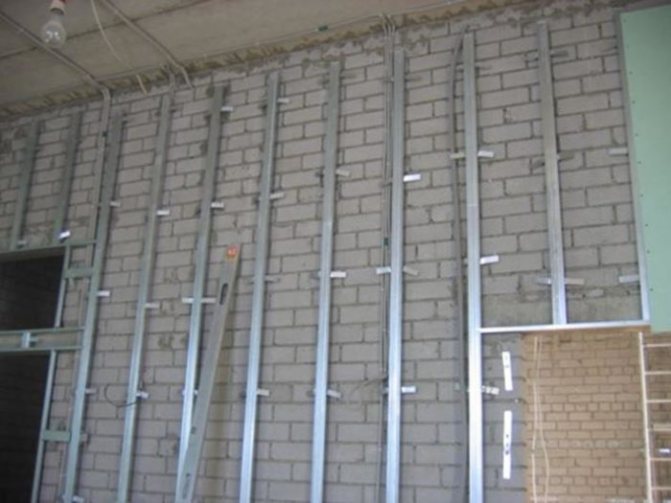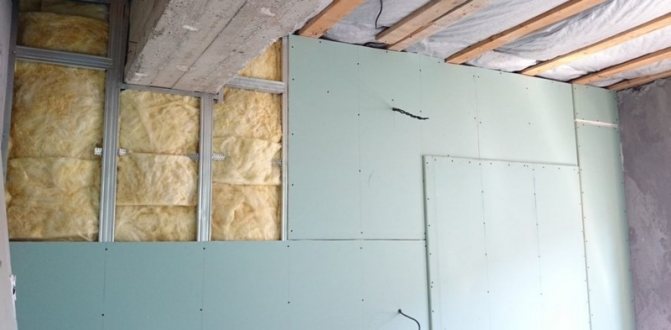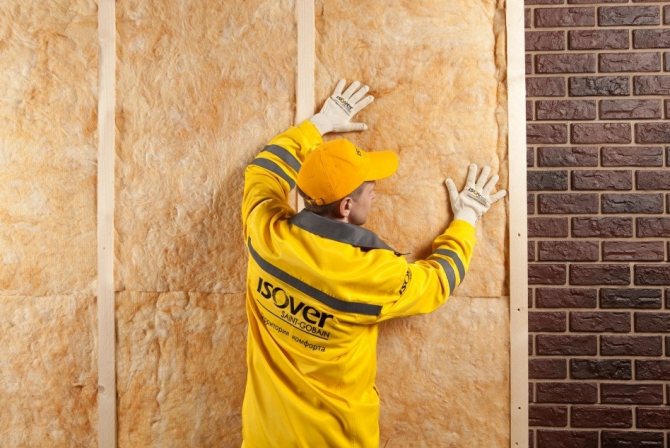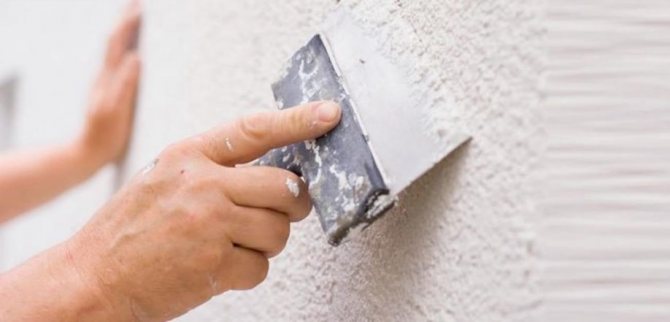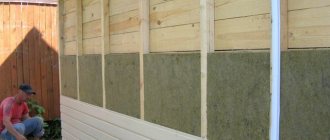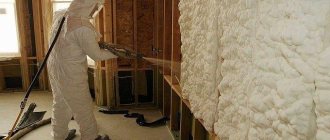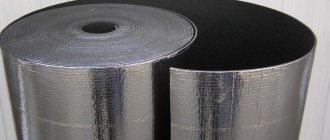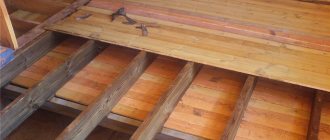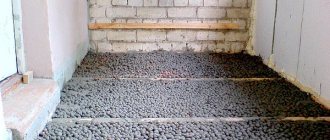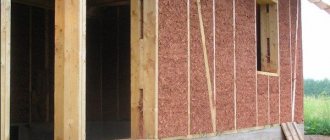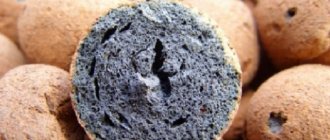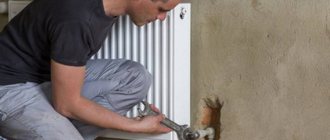Glass wool is a type of fiber insulation of mineral origin, it is produced from waste of the glass industry. It has a fibrous structure and looks like cotton wool. Insulation with glass wool is used everywhere, as it is an effective method of thermal insulation of premises. Fiberglass wool is a comfortable and soft material, it retains heat well, provides good sound absorption and is a budget material for insulation.
Most often, Isover cotton wool is used for siding, to seal the voids between structural elements. In addition, the scope of application of glass wool includes walls, ceilings, floors of residential, industrial and public premises, insulation of attics, roofs, attics, loggias and balconies. Fiberglass mineral wool is used in ventilated facade technology, as well as for insulating floors and partitions.
Photo 1. Glass wool - fiber insulation made from waste glass industry, is often used for siding and sealing voids in structures
Fiberglass insulation is available in the following forms:
- soft rolls;
- semi-rigid boards on synthetic binders with a felt layer;
- soft mats;
- reinforced rolls;
- cached technical insulation for thermal insulation of pipelines, among the subspecies there are foil products.
For the production of Isover mineral wool, raw materials are used: quartz sand, soda, natural sand, dolomite, borax, limestone, as well as waste from the glass industry. Phenol-algide polymers and modified urea are used as binders. The density and dimensions of the finished product may vary. Glass wool goes on sale in the form of rolls or plates, packed in polyethylene. When unfolding, a large material thickness is formed due to the spreading of the fibers.
General understanding of glass wool
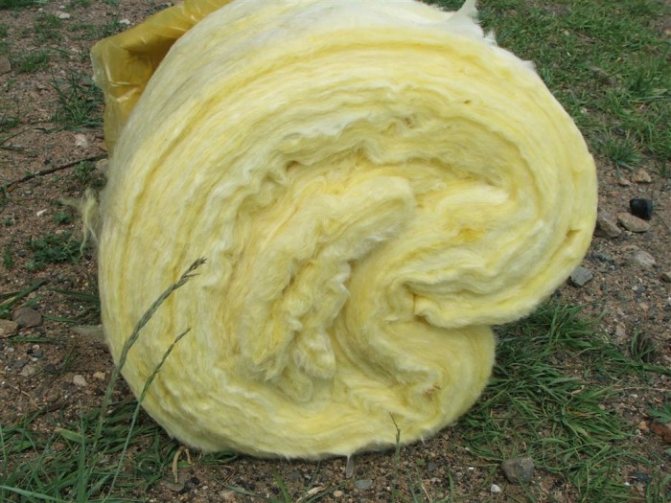
Mineral wool insulation is one of the unique building materials
Mineral wool insulation is one of the unique building materials made by melting inorganic glass fibers. In order to fully understand the features of the material, you should first find out how it is produced. Back in 1932, a young scientist, Dale Kleist, invented a strange matter, which would later be called mineral slabs or glass wool. This innovation in the construction industry belongs to the City of Illinois. Dale also made attempts to weld the blocks together. As a result, he noted that when the material interacts with the air stream, it loses the thickness of the fibers.
In modern slab production technology, industrial waste glass is most often used, for example, broken glass fragments, dolomites, sand, limestone and others. The first thing they do is put the raw materials in a special melting furnace. After that, the semi-liquid substance forms a mixture with fibers and glass filaments.
Interesting! The thickness of the fibers is approximately 20 times thinner than the hair on a human head.
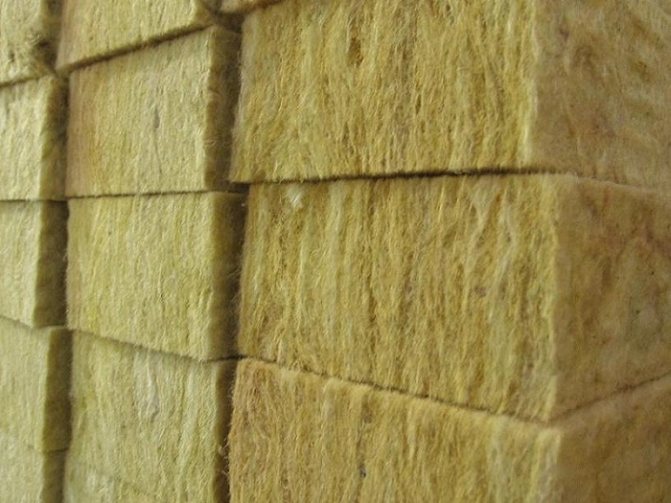

After processing, glass filaments are placed opposite each other, which allows you to create a material with high quality and excellent sound insulation
After processing, the glass filaments are placed opposite each other, which allows you to create a material with high quality and excellent sound insulation. At the last stage of the production of the fiberglass mixture, it is necessary to give the optimum stiffness and the required color. Today, there are two methods for creating fiberglass:
- Continuous production method. This option is characterized by the production of a single fiber, which is drawn in length. Such material is rather thin and long. It should be noted that outwardly the products are very similar to silk threads.
- Staple production method. This technology is characterized by production by means of inflating the mass with hot air. Such products are outwardly similar to wool, and have a small length and width.
Attention! Materials such as fiberglass, fiberglass, fiberglass mesh, fiberglass and others are created from fiberglass. Such products are in high demand in the construction and renovation of buildings.
The main advantages of glass wool
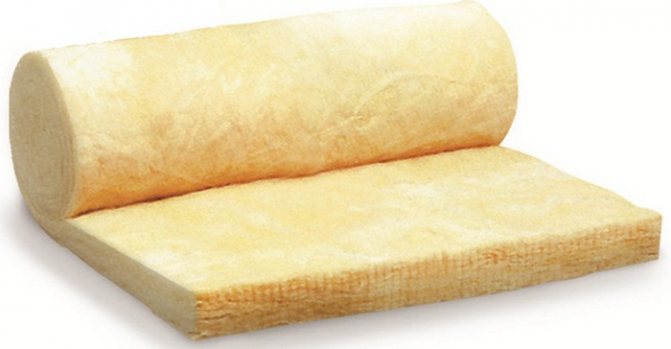

Glass wool insulation has excellent thermal insulation performance
Glass wool insulation in comparison with other types of similar materials has a large list of advantages. Among them, the following indicators and characteristics should be highlighted:
- Glass wool insulation has excellent thermal insulation performance. Its thermal conductivity varies from 0.030 to 0.052 W per mK - this figure is almost identical to that of air.
- The slabs have an optimal elasticity index, which makes it possible not only to store the material in the warehouse, but also to transport it over long distances.
- High resistance to vibration;
- The material is environmentally friendly and safe;
- Low flammability;
- Products are not susceptible to decay and mold formation;
- Chemically resistant material;
- Are not at risk of negative contact with the rodent, since the fibers are unsuitable for their nutrition;
- Low cost.
The main disadvantages of glass wool


When working with glass wool, be sure to follow the safety rules.
And although glass wool has a low price, which attracts a large number of developers, we must find out how much and what disadvantages this material has. So, the main disadvantages include the following characteristics and indicators:
Which is better: mineral wool or basalt wool?
- Although the price is not high, you should know that the operational period will be the same;
- The material is quite brittle, so you should work with it very carefully;
- Some glass wool manufacturers still use formaldehyde as their main material, which can be hazardous to human health.
- When working with glass wool, it is imperative to follow safety rules, since if its particles get on the skin or mucous membrane, it may cause burns or itching. If the material penetrates the respiratory tract, serious illnesses can occur.
In order to avoid these numerous problems, you should use the following protective equipment:
- Wear special glasses;
- Use a respirator;
- You must have professional gloves on your hands;
- It is best if you wear work clothes.
Attention! After finishing all work with the material, it is imperative to throw away the clothes in which you worked.
Features of internal insulation
Unfortunately, internal insulation is not as effective as external insulation of premises, however, with the right approach, it can be a good way out of the situation. The main problem with this method is that the load-bearing wall itself, bordering the street, does not get warmer.
IMPORTANT!The so-called "dew point" (the boundary between the cold wall and the insulation layer) is shifted to the surface of the finishing layer, which inevitably leads to the appearance of dampness and the final destruction of the wall and finishing layer. It is possible to avoid these negative consequences with internal insulation by using special hydro- and vapor-tight membranes.
At the same time, with its drawbacks, wall insulation from the inside has its positive aspects:
- such work can be done by hand;
- insulation of internal walls with mineral wool can be done at any time and in any weather;
- there is no need to complete all work at once - it can be done gradually;
- with such a device, insulation plays the role of sound insulation and prevents extraneous street sounds from entering the house.


Pros and cons of insulation methods
Lack of insulation from the inside - freezing
When insulated from the inside, not only with mineral wool, but also with any heat insulator, the wall turns out to be protected from heat, so its temperature decreases.
Moreover, with a sufficiently large amount of insulation, the wall can freeze through. Freezing a structure is always bad, because for any material there is a finite number of freezing cycles before it breaks down. It is even worse if the wall freezes in a damp state. In this case, it will be so.
Humidification, dew formation
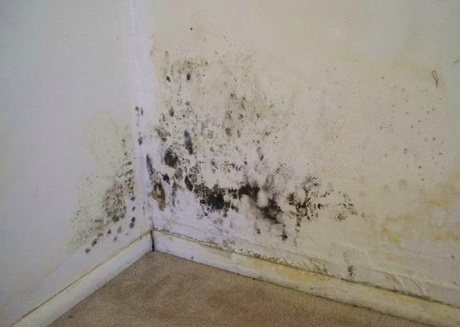

Dew point - the temperature at which dew falls out of the air, will be located directly on the wall. More precisely, condensation can begin to fall out in the insulation, but the cold surface of the wall will also condense water on itself.
And there will be a lot of water, it will also flow to the wall from the insulation, especially if you use mineral wool.
An excellent "greasy" mold and large colonies of putrefactive microorganisms will grow on a wet wall. All this will be inside the premises, spreading from the wet crumbling wall to the ceiling, floors ... Residents will need means of salvation.
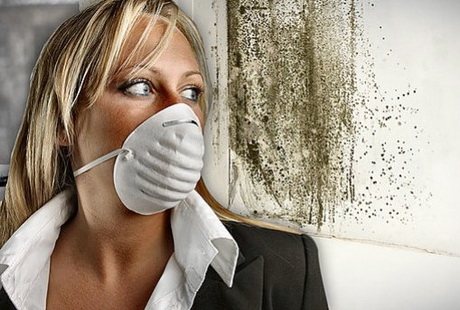

Finally, when insulated from the inside, the heat insulator and trim will take up part of the usable space. The useful area of the room will decrease by about a square meter. It's a lot.
The above disadvantages can be circumvented and leveled (except for eating up the usable area). But only if mineral wool is not used for internal insulation.
Mineral wool is moisturized, accumulates water
Mineral wool is not suitable for insulation from the inside, even in forced situations due to its properties. This insulation perfectly permits water vapor through itself and can accumulate water inside, becoming just wet.
It is clear that when insulated from the inside, the insulation will get wet due to the dew point in it and the lack of ventilation. The consequences are known.
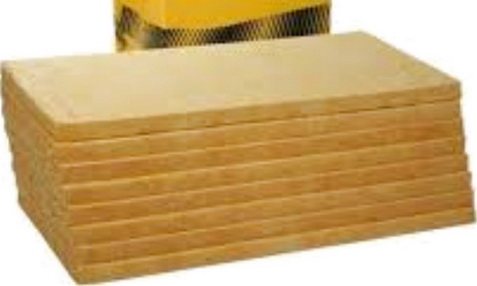

The material consists of the smallest fibers of basalt or other minerals. It is also made from blast furnace slags and silicates (glass wool), these samples are cheaper. To bind the fibers together, phenol-formaldehyde resins are used, the same as in the production of chipboard.
Good thermal insulation of mineral wool owes to the air trapped between the many interwoven fibers. If the air is displaced by water, at least partially, then the required thermal insulation qualities will disappear.
Even a slight increase in humidity (by 2%) of this insulation leads to a significant decrease (up to 8%) in its thermal insulation properties.
Glass wool production technology
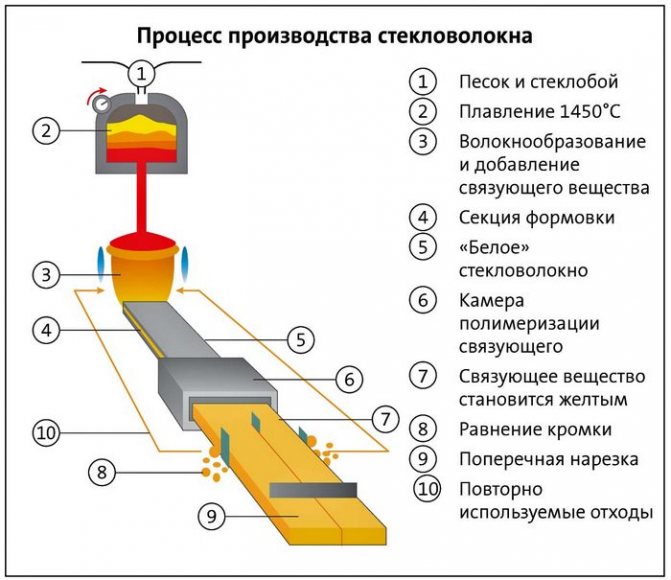

For the manufacture of glass wool, the most common materials are used, such as sand, limestone, drill, soda, dolomite.
For the manufacture of glass wool, the most common materials are used, such as sand, limestone, drill, soda, dolomite. That is why the price of the products is low. In modern technologies, about 80 percent of cullet is added. All the necessary elements that should be melted are poured into a special hopper. In the device, the temperature must reach 1400 degrees - this is necessary in order for the material to turn out with all its inherent physical abilities.
The process of fiber formation itself must be accompanied by treatment with polymers and aerosols. Usually, all components are bound with the help of special polymers, for example, phenolic aldehyde or modified urea.After that, the impregnated yarn falls on the rolls, where it undergoes several levels of alignment. The subsequent process is polymerization, which takes place at a temperature of about 250 degrees. The high degree acts as an excellent catalyst for promoting polymer formations. In parallel with this, excess moisture evaporates. After the completion of this procedure, the material is colored yellow with an amber hue and receives the optimum hardness.
Attention! After this, the material should be cooled. In this case, it is necessary to bring the temperature of the glass wool to the optimal room environment. The next step is the cutting of products.
Glass wool properties


Today glass wool is highly popular not only due to the fact that its price is lower than other materials, but also due to its excellent quality.
Today glass wool is highly popular not only due to the fact that its price is lower than other materials, but also due to its excellent quality. The substance can be used to insulate any type of building. Why are products in high demand, let's try to figure it out.
Glass wool is a type of mineral wool that is characterized by a fibrous structure and is used for thermal insulation of buildings. It is worth noting that they create a material based on the same elements as ordinary glass. One of the features of glass wool is a high percentage of chemical resistance.
Do-it-yourself frame house insulation
Attention! When the material is in a loose state, its density is below 130 kg per cubic meter. m.
An insulated house with glass wool will differ from the same insulation, only with mineral wool. The fiber of the material in most cases does not exceed a thickness of 15 microns, but their length is greater than that of other similar elements. It is this property that allows a manufactured glass wool object to stand much longer, since a high level of elasticity and strength is obtained.
Health effects of insulating fiberglass
Following studies in Europe on the potential hazards of mineral wool, the EU directive 1997 was issued. It examines the varieties of mineral wool according to the degree of carcinogenic hazard: the second group of the classifier means the presence of potentially dangerous irritants, that is, irritants, and the third group - that the collected data is insufficient for a complete conclusion on carcinogenicity. The main criteria by which the degree of health hazard was distinguished are the size of the fibers and the content of oxides of alkaline earth and alkali metals.
In 2001, IARC (International Agency for Research on Cancer) reported on the analysis of the carcinogenicity of fiberglass insulation - it was in the third group in terms of hazard to human health. It means that there is no sufficient evidence of a mutagenic effect on the cells of a living organism.


Glass wool application


Attractive price and high quality draws attention to glass wool of a large number of developers and specialists
The attractive price and high quality attracts the attention of a large number of developers and specialists to glass wool. Universal characteristics make it possible to safely use the material in various branches of human activity. These qualities include the following indicators:
- The practicality of glass wool;
- Not susceptible to decay and combustion processes;
- Glass wool does not absorb liquid;
- Excellent indicator of density and thermal resistance;
Today, fiberglass can be seen in a wide variety of human spheres, for example, construction, electrical engineering, shipbuilding, and others. In most cases, it is produced in rolls or rigid slabs. This shape allows you to carry out installation work with ease.In the construction industry, it is used for insulation and sound insulation.
Fiberglass is usually made in rolls, rigid slabs or mats. It is a very convenient material for installation, which can be easily cut, bent, giving the required shape. By the way, in modern technologies vans and boats are made of fiberglass. With the help of a special gel, you can make the surface of the material smooth and shiny. So we got acquainted with glass wool. It is very easy to use, but the main thing is to adhere to all safety rules.
What to do in case of a fiberglass injury
The particular disadvantages of glass wool thermal insulation are the high degree of fiber fragility. It leads to the formation of the finest and sharpest breakages that penetrate into human skin, as a result of which it begins to itch. Particles of glass wool of the insulating layer can penetrate into clothes, after which they are almost impossible to remove. Specialists working with fiberglass insulation wear tight overalls, do not allow the formation of open skin, need a respirator, goggles and gloves. It is very dangerous for fiberglass particles to get into the eyes and lungs and will inevitably irritate the organs.
There are first aid rules for unsuccessful handling of insulating fiberglass:
- glass wool contact with skin it is forbidden to comb itchy areas;
- the particles are very carefully shaken off the hair, then they close their eyes and lower their head into a bath or a large container without water, shake them off with a movement of the neck;
- taking a cold shower without any detergents and washcloths under a strong pressure of water is the next step; hot water expands the pores, so it is not used;
- if a fiberglass irritant gets into your eyes, they should rinse with cold water, after which it is imperative to consult with an ophthalmologist, perhaps even call an ambulance or go to eye surgery if you feel unwell;
- if a person has inhaled fragments of glass wool, symptoms of shortness of breath and coughing have arisen, you should definitely see a doctor;
- contaminated clothing is thrown away, because even multiple washing will not completely remove glass wool debris.



